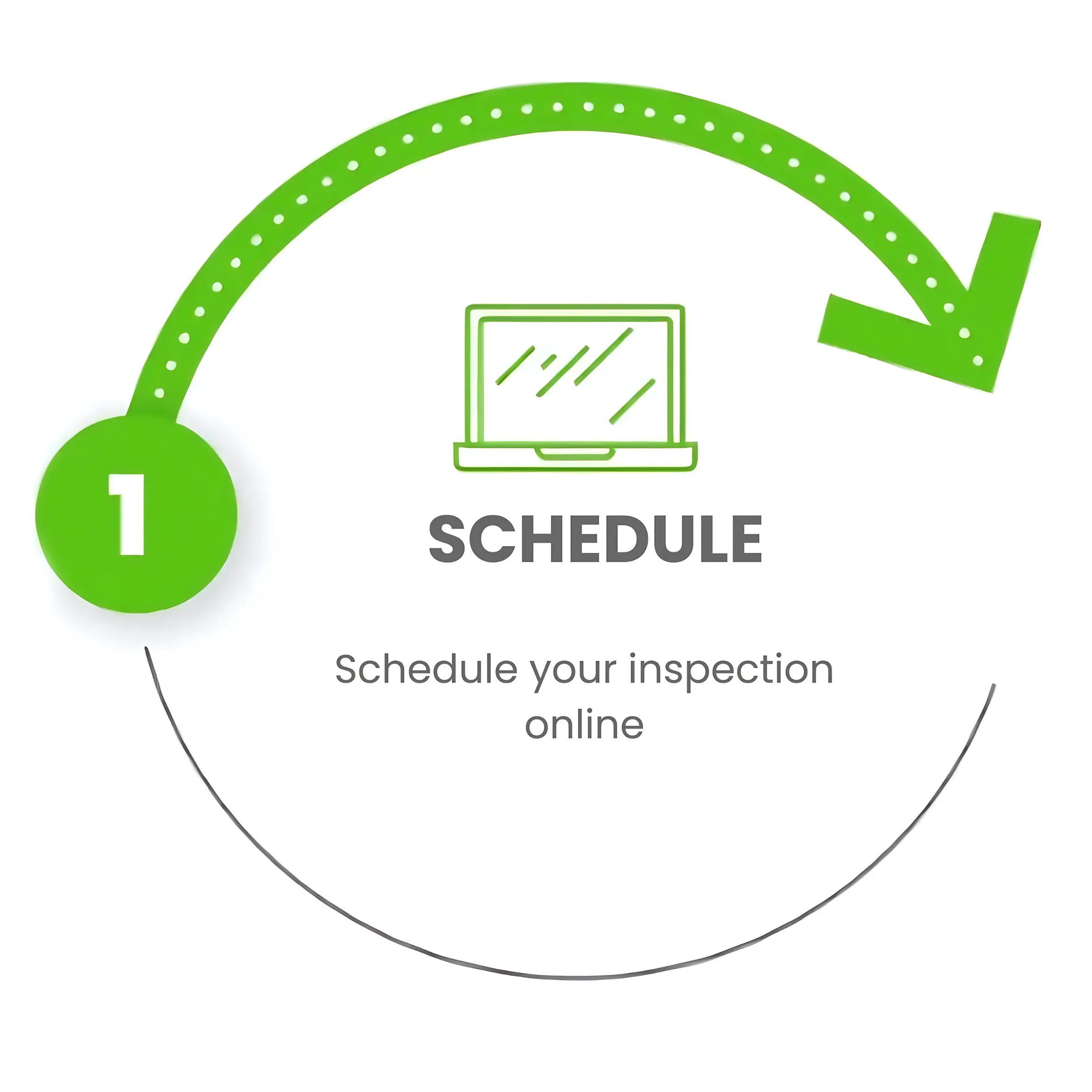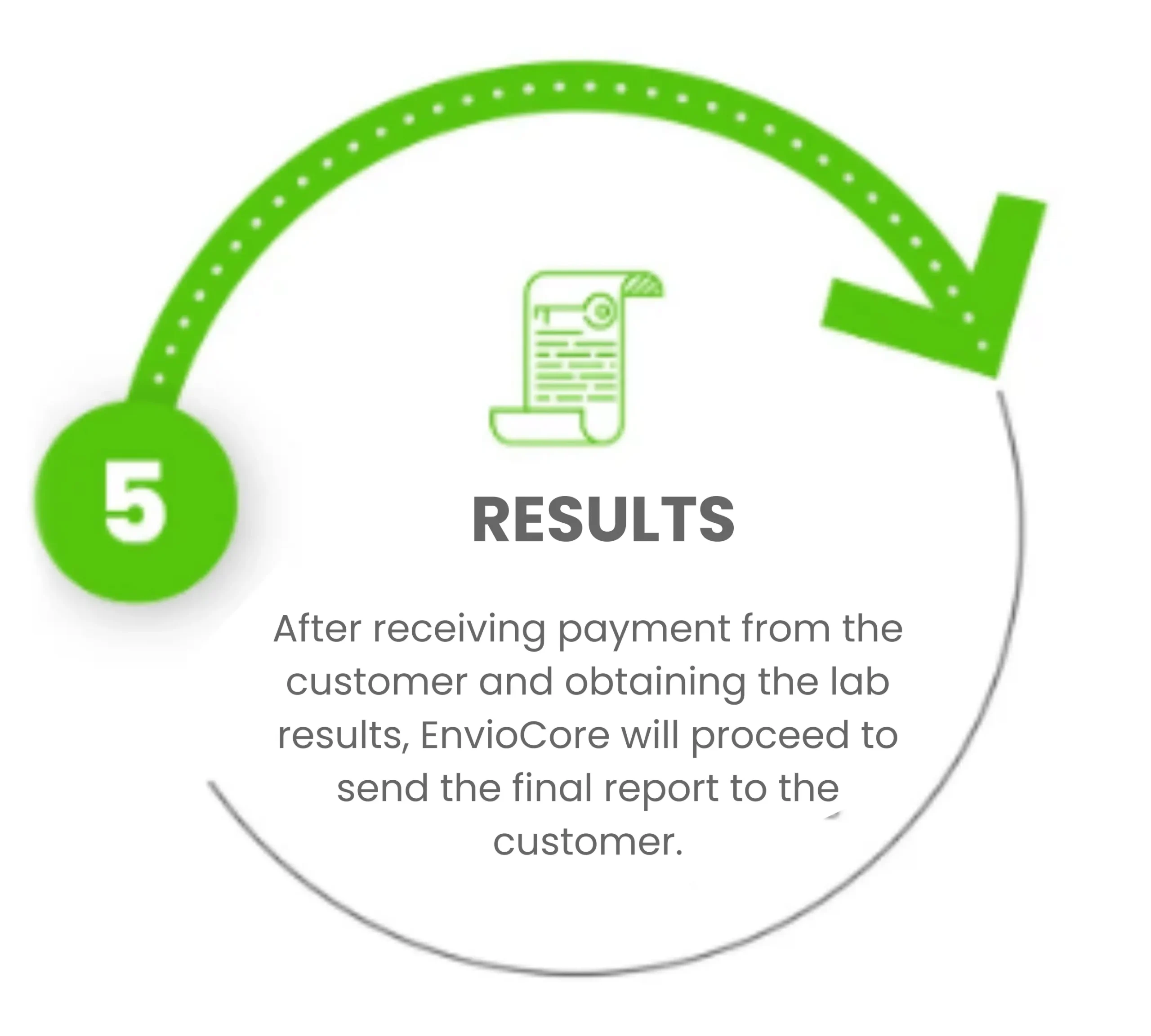Fast, Dependable Results when it Matters the Most
Denver rich history and rapid urban growth mean many homes and commercial buildings were constructed before asbestos regulations. Properties in neighborhoods like Capitol Hill, Cherry Creek, and Highlands often contain asbestos materials in insulation, siding, or flooring. Our testing ensures your space is safe and compliant with Colorado and Denver-specific health standards.
Our Asbestos Services in Denver
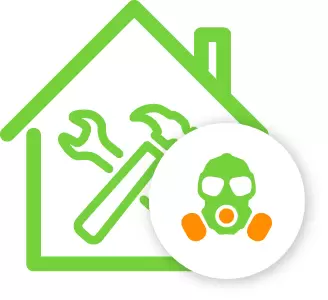
Asbestos Renovation

Spill Delineation
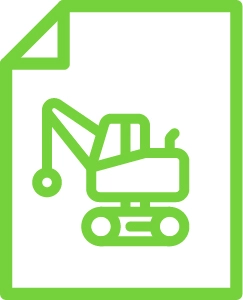
Asbestos Demolition

Asbestos Residential

Asbestos Roofing

Commercial

Flooring

Multi-Family
Schedule Your Asbestos Testing in Denver Today!
Our Clients
EnvioCore Inspection Process
Trust EnvioCore with your Asbestos Testing Inspections
It’s best to test for asbestos BEFORE you begin your project! During any construction or renovation project, it’s likely that you’ll be disturbing building materials, which can cause microscopic asbestos fibers to be released into the air.
Breathing in these fibers is extremely dangerous. This is why asbestos is a federally regulated hazardous material, and the Colorado Department of Public Health and Environment (CDPHE) requires testing before you begin any disturbance.
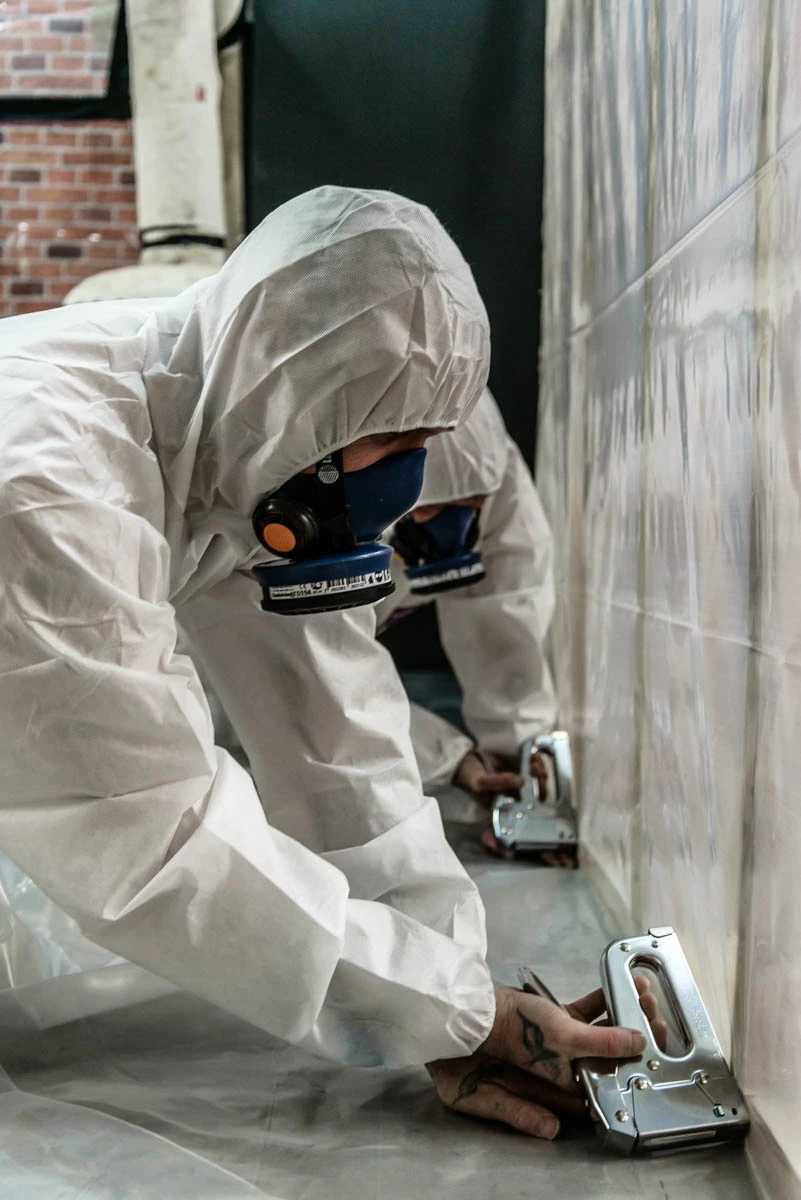
Where Can Asbestos Be Found?
Asbestos is currently banned for most construction uses, but it can still be found in many older structures and building materials. Here are some of the places you might find asbestos today:
- Wall Texture
- Joint Compound
- Popcorn Ceilings
- Linoleum/Vinyl Flooring
- VCT 9×9 Floor Tile
- VCT 12×12 Floor Tile
- Ceiling Tiles
- Electrical Wiring
- Textiles
- Roofing Felt
- Roofing Shingles
- Siding
- Wall Board
- Mastic / Glue
- Attic and Wall Insulation
- Vermiculite
- Artificial fireplace fixtures and logs
- Heating and Electrical Ducts
- Floor and wall tiles
- Pipe coating and insulation
- HVAC Furnace Boiler jackets, doors, pipes and gaskets
Asbestos Testing Denver FAQs
Yes, many homes in Denver built before 1980, especially in neighborhoods like Capitol Hill, Highland, and Baker, may contain asbestos in insulation, siding, or flooring materials. Testing is critical before renovations or demolitions.
Our testing process typically takes 1–2 days. For urgent projects in Denver, we offer expedited services with next-day results available.
No, removing asbestos yourself is illegal in Denver and poses serious health risks. Colorado law requires licensed professionals to safely handle and remove asbestos-containing materials.
Denver adheres to Colorado’s stringent asbestos laws, which mandate certified testing for asbestos-containing materials before construction or renovation projects. Compliance ensures safety and avoids legal penalties.
If your property was built before 1980 or you’re planning a renovation, asbestos testing is highly recommended. Many older Denver buildings may contain asbestos in areas like tiles, insulation, or roofing.
The cost depends on the size and scope of your project. Contact us for a tailored quote specific to your Denver property.
EnvioCore proudly serves Denver, and surrounding areas. From LoDo to Englewood, we’re here to ensure your property is asbestos-free and compliant with all local regulations.
Asbestos Blogs
-
Asbestos Tile Removal: Why Testing is Essential Before Safe Disposal
Asbestos was once a popular building material due to its durability and fire-resistant properties. However, it is now widely known that asbestos exposure poses serious health risks, including lung disease and cancer. If your home or commercial property in Denver has asbestos-containing floor tiles, testing is the first critical step before considering removal to ensure…
-
What You Need to Know Before You Demolish Your Property
“I was sure the demolition would not have started until the end of the month,” I heard once from a customer who was astonished to see me tear apart a third layer of flooring in the kitchen. “I did not know that it was necessary to go through all layers,” she added. This customer was…
-
How to Identify Asbestos Pipe Insulation
Identifying asbestos insulation can be tricky because it looks similar to other non-asbestos materials. However, there are a few key signs to look for: 1. Visual Appearance 🔎 Color & Texture: 🔎 Common Forms: 2. Where to Look Asbestos pipe insulation is commonly found in: 3. Age of Installation ⚠️ Warning: The only definitive way…





